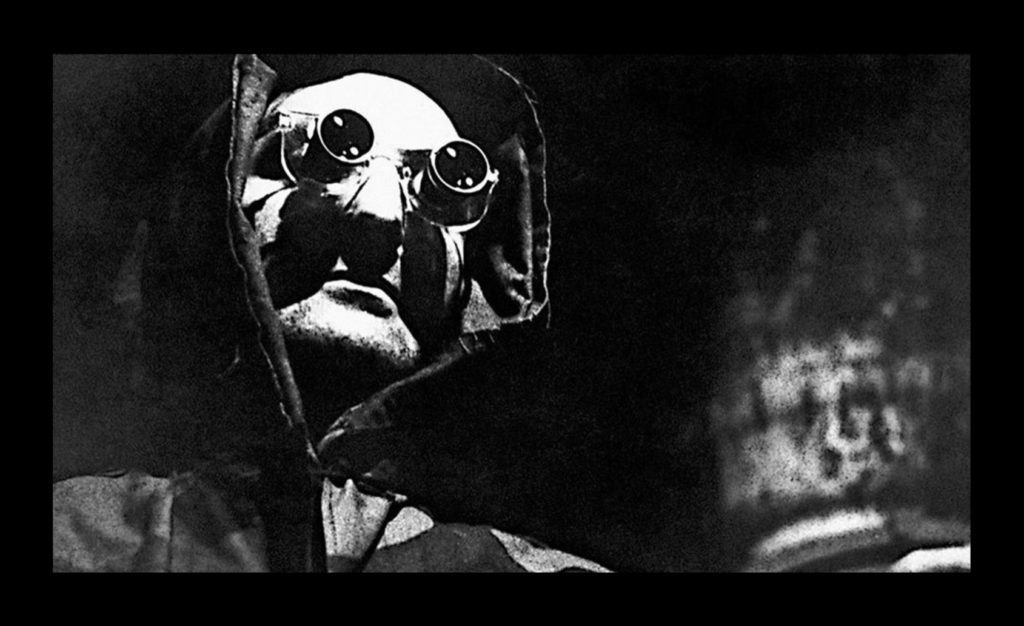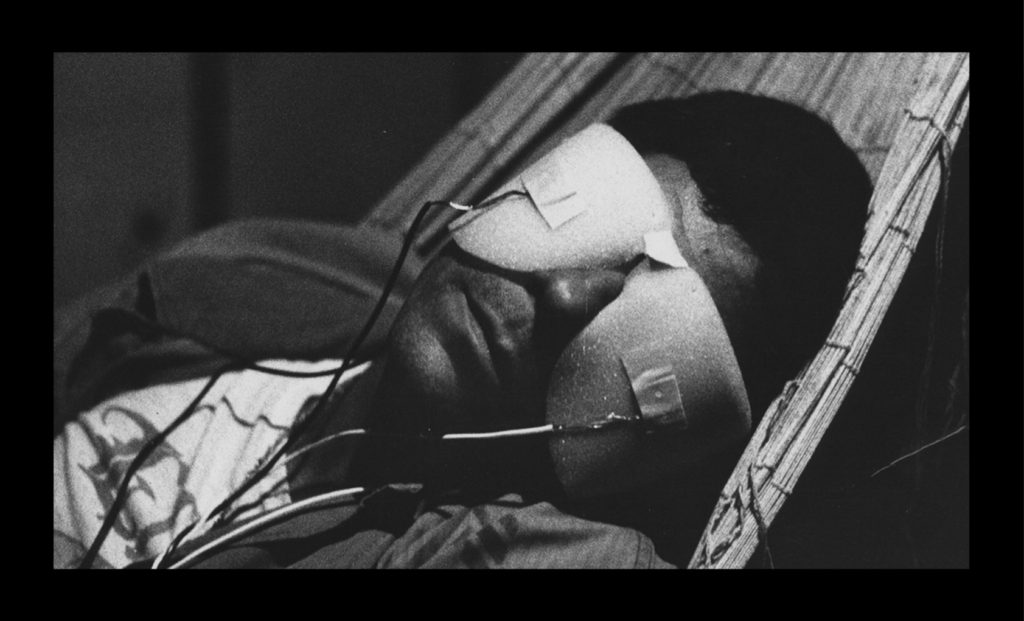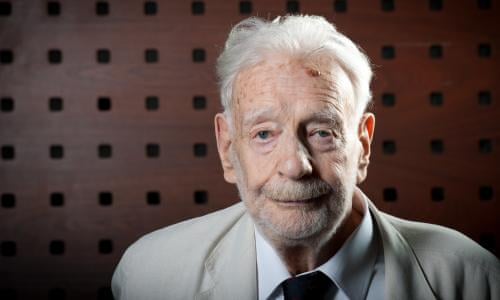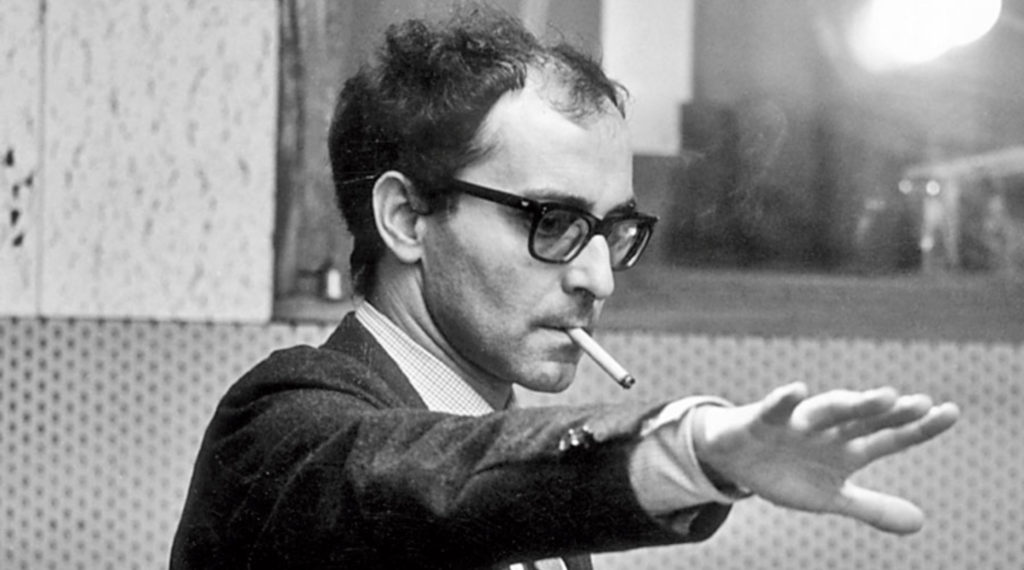Q. How does the ‘Serial Killer’ subgenre change when applied to different cultural contexts, shown with ‘Zodiac‘ (David Fincher, 2007) and ‘Memories of Murder‘ (Bong Joon-ho, 2003)?

Introduction
Frame of Reference – The context within which you have placed the two things you plan to compare and contrast, which may consist of an idea, theme, question, problem, or theory.
Grounds for Comparison – The reasoning behind your choice that lets your reader know why your choice is deliberate and meaningful, not random.
Thesis – Depends on how the two things you’ve chosen to compare relate to one another; do they extend, corroborate, complicate, contradict, correct, or debate one another?
Comparative Points
There are two basic ways to organise the body of your essay:
Text-By-Text – Discuss all of ‘Film A’, then all of ‘Film B’.
Point-By-Point – Alternate points about ‘Film A’ with comparable points about ‘Film B’.
All argumentative essays require you to link each point in the argument back to the thesis. Without such links, your reader will be unable to see how new sections logically and systematically advance your argument.
Conclusion
– A summary of the main points in your argument.
– Should be kept short and sweet.
– More of a round-up than an evaluation.
| CRITERIA: – Provide a credible justification for the choice of task components. – Support your comparative study with accurate film vocabulary. – Demonstrate knowledge and understanding of the task components and the cultural context of the two selected films. – Support your work with a suitable range of relevant sources. – Compare and contrast the selected films, making links to the chosen topic. – Provide an equal treatment of the two films selected for study. |



























